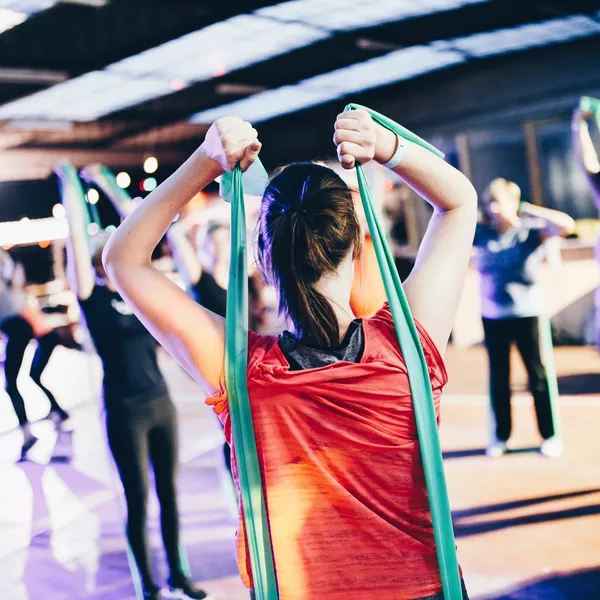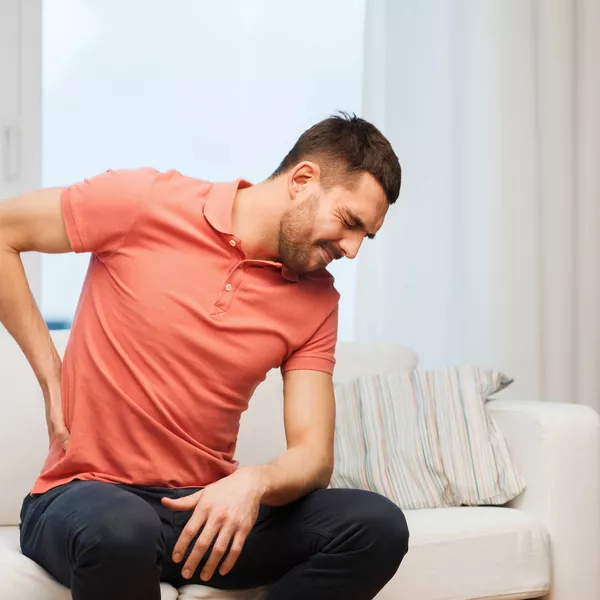The fear many trainers hear from women is that they don’t want to bulk up and lose their “feminine” physique. But this is not a pre-determined outcome. You can choose to strength train in order to gain muscles or just to be stronger, healthier and more confident.
Women tend to have slower muscle mass gains than men, especially as they start with less muscle mass, particularly in their upper body. It has also been thought in the past that lower testosterone in women makes it more difficult to build big muscles. However, higher levels of a particular hormone (IGF-1) in women may supplement testosterone in helping build stronger muscles.
Keep in mind that other elements play a key part in building that muscle. Increasing protein intake and caloric intake in your diet is one. Choosing to do high repetitions and volume instead of higher weight for fewer reps is another. The former will contribute to muscle hypertrophy (growth) as opposed to the latter, which will give simple muscle strength gains.
Don’t let a fear of bulking up prevent you from lifting heavy weights if you are interested in that form of exercise. Without concerted effort in that direction, you won’t end up looking like a bodybuilder. What you may need to consider if you are heading to the heavier weights are things such as body shape and ligament strength. Women have a wider pelvis, which may increase their lower back curve and hip/femoral angle. This may mean some modifications to the form you use when doing lower body exercises, such as deadlifts and squats.
In general, women tend to have more flexibility in their joints, which can also lead to joint-related injury. When lifting heavier weights, it is important to load the tendons gradually and build that stability, as well as to keep the joints within normal biological ranges so that they aren’t strained unnecessarily beyond their stable range of movement. That being said, men with greater joint mobility also need to be aware of these risks.









